Edinburgh captivates visitors with its dramatic topography of castle-topped crags, elegant Georgian architecture, and winding medieval streets. Scotland’s capital seamlessly blends ancient history with contemporary culture, creating an atmosphere that feels both timeless and vibrant.
The compact city center allows travelers to explore many highlights on foot, making it an ideal destination for those who enjoy immersing themselves in a place by walking its streets. Here is a list of 17 ways to ensure your first visit to Edinburgh creates lasting memories beyond the typical tourist experience.
Edinburgh Castle
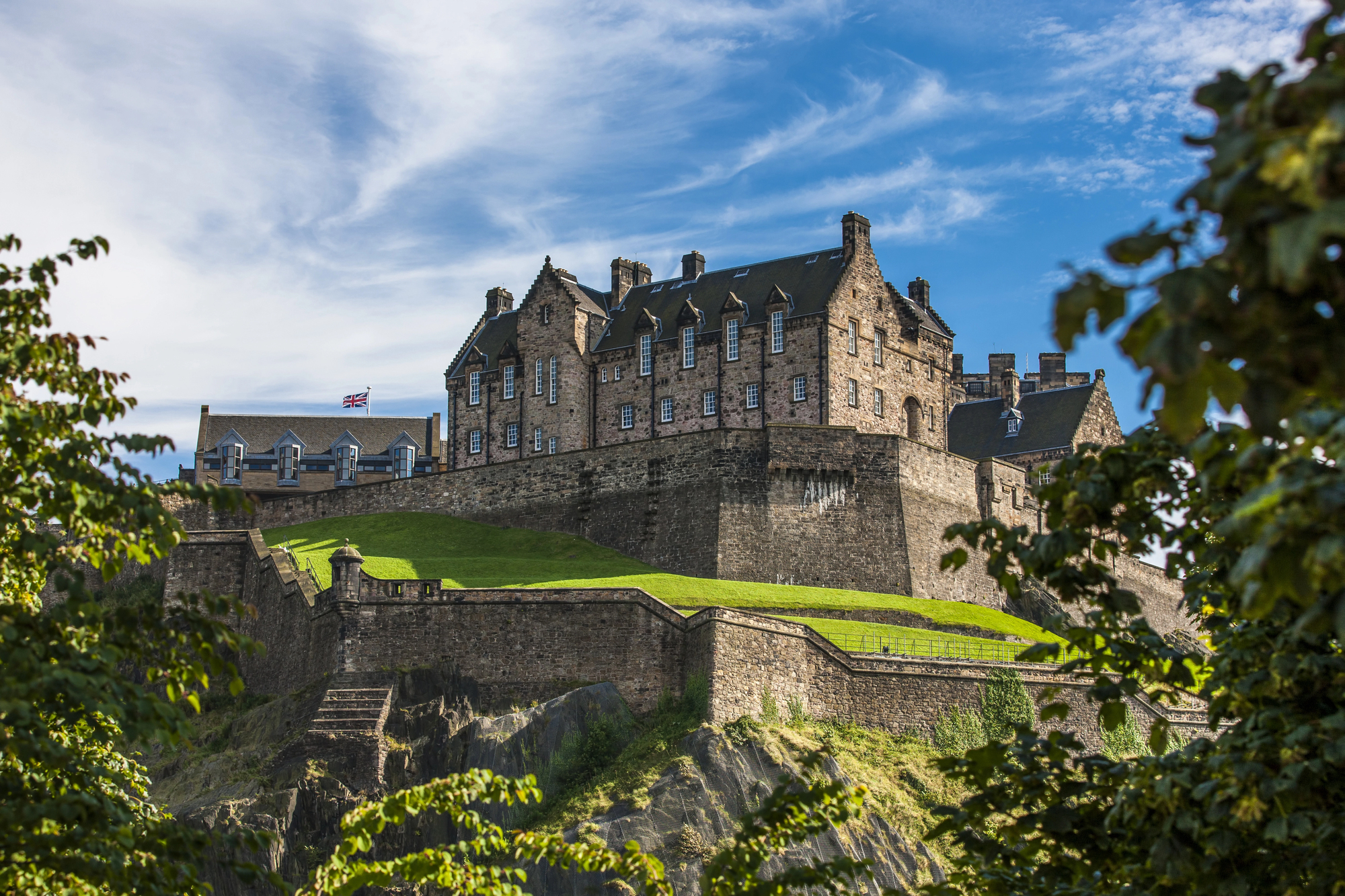
This iconic fortress dominates the city skyline from its perch atop an extinct volcano, offering panoramic views across Edinburgh and beyond to the Firth of Forth. Within its walls, visitors discover Scotland’s crown jewels, the Stone of Destiny and the atmospheric St. Margaret’s Chapel, which dates back to the 12th century as the oldest surviving building in Edinburgh.
The daily firing of the One O’Clock Gun continues a tradition started in 1861 to help ships in the harbor set their maritime clocks, creating a moment when visitors and locals alike pause to acknowledge this connection to the city’s seafaring past.
Royal Mile

This historic thoroughfare stretches from Edinburgh Castle down to Holyrood Palace, forming the backbone of the Old Town with its centuries-old buildings and narrow alleys. The street actually measures one Scots mile (longer than a standard mile) and contains a fascinating microcosm of Edinburgh’s history in its museums, shops, pubs, and architecture spanning multiple centuries.
Exploring the countless closes (narrow alleyways) that branch off the main street reveals hidden courtyards, tiny gardens, and architectural details missed by hurried tourists who stick only to the main cobblestone route.
Arthur’s Seat
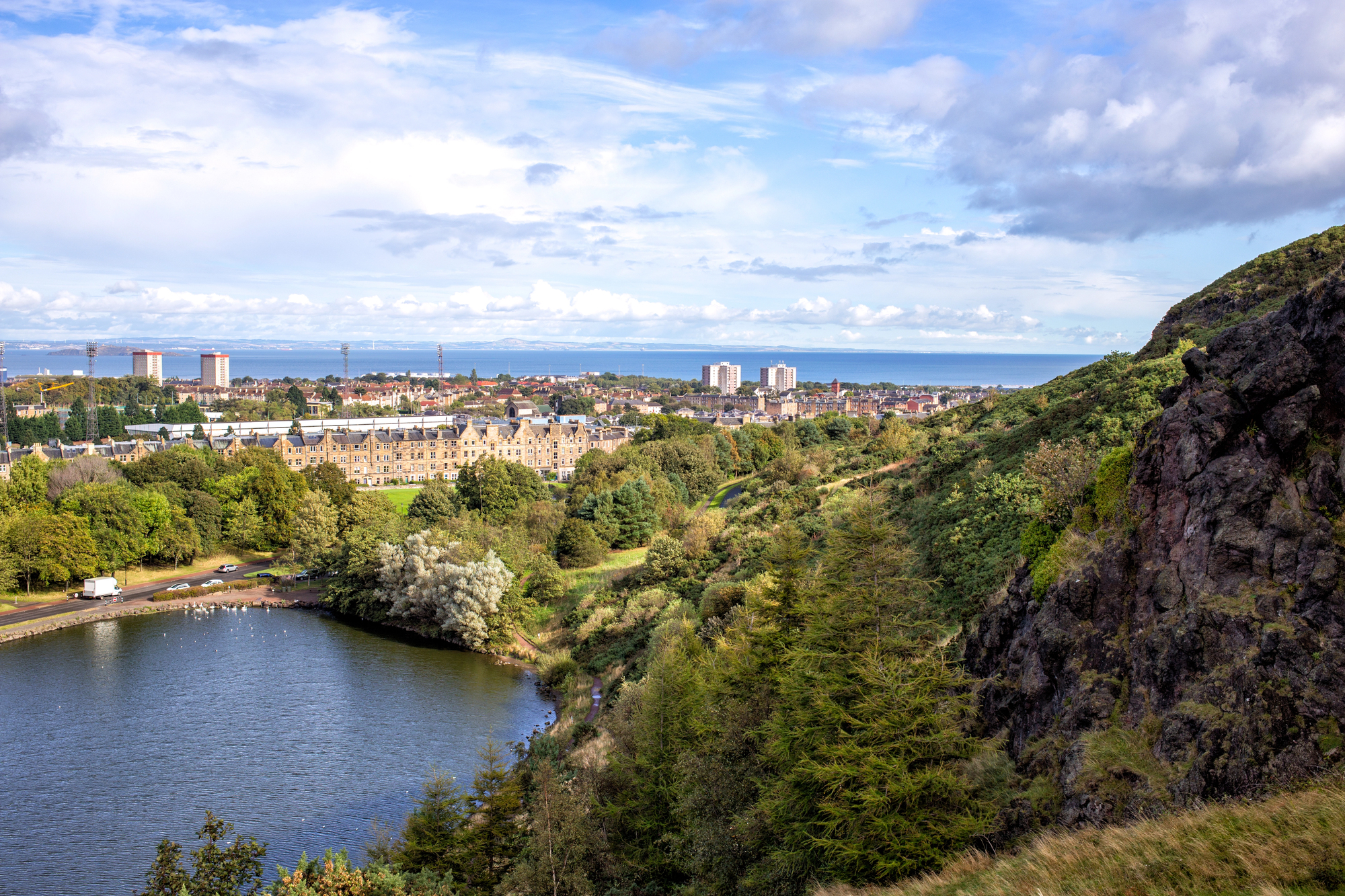
This ancient volcano provides an extraordinary natural hiking experience within the city limits, rising 823 feet above sea level with trails suitable for various fitness levels. The 40-minute climb rewards hikers with 360-degree views of the city, countryside, and coastline that help visitors understand Edinburgh’s strategic importance throughout history.
The surrounding Holyrood Park’s 640 acres contain lochs, glens, and cliffs that create an unexpected wilderness experience just minutes from bustling urban streets—a juxtaposition that perfectly captures Edinburgh’s ability to surprise even seasoned travelers.
Like Travel Pug’s content? Follow us on MSN.
Calton Hill

This UNESCO World Heritage site offers panoramic views with significantly less exertion than Arthur’s Seat, making it perfect for sunset viewing after a day of exploration. The hill features several monuments, including the unfinished National Monument (often called ‘Edinburgh’s Disgrace’ or ‘Scotland’s Folly’), which was modeled after the Parthenon but abandoned due to funding issues in 1829.
The short climb becomes especially worthwhile during Hogmanay (New Year’s celebrations) and Beltane Fire Festival when the hill transforms into a centerpiece for Celtic celebrations that connect modern Edinburgh to its ancient pagan roots.
Old Town Pubs
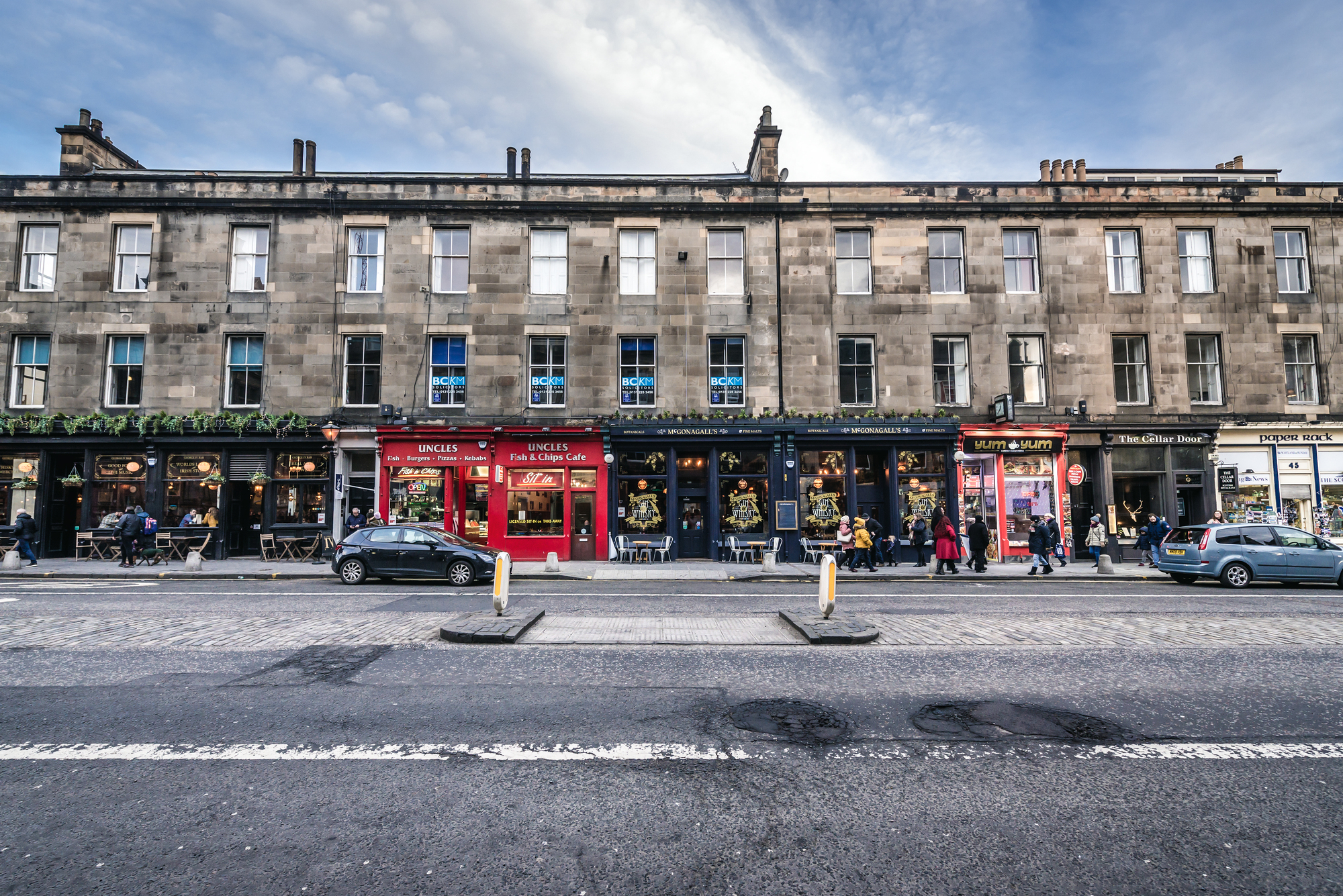
These historic establishments offer authentic experiences beyond mere refreshment, with many dating back centuries and featuring original architectural elements. Traditional pubs like The White Hart Inn, Ensign Ewart, and The World’s End preserve stories within their walls, from literary connections to grave robbers, royal visits, and the everyday lives of Edinburgh residents across generations.
Ordering a dram of local whisky or a pint of Scottish ale while chatting with longtime residents provides insights into the genuine culture of the city no guidebook can capture, particularly in less touristy establishments where locals still gather for community as much as for drinks.
Scottish National Gallery
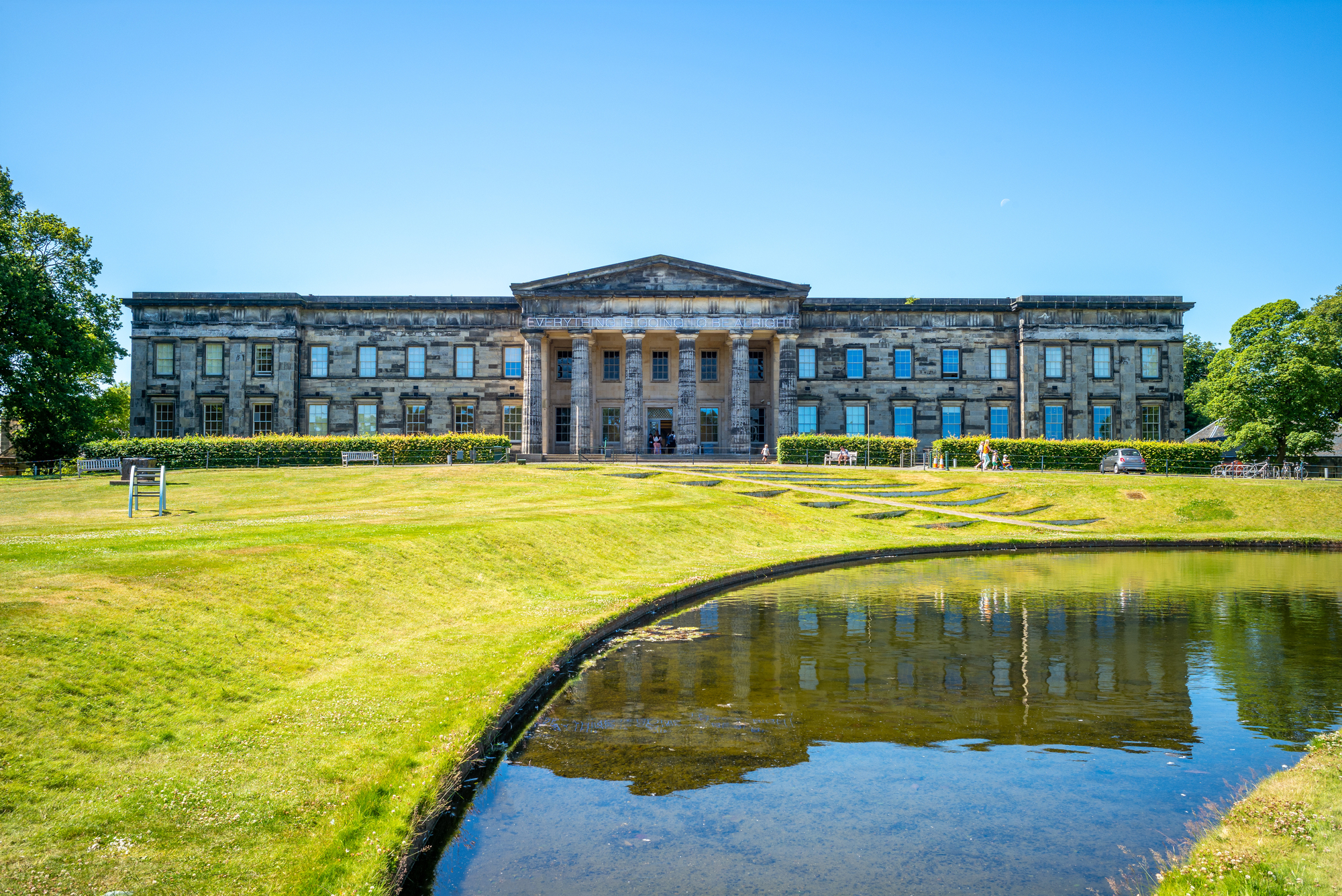
This world-class art museum houses masterpieces by Raphael, Titian and Rembrandt and an impressive collection of Scottish paintings, all with free admission. The neoclassical building itself deserves appreciation, particularly its central dome, allowing natural light to illuminate the grand entrance hall in a manner that makes even a brief visit worthwhile for architecture enthusiasts.
The gallery’s location on The Mound connects the Old and New Towns, making it an ideal cultural stop while transitioning between these distinctly different areas of the city.
Like Travel Pug’s content? Follow us on MSN.
Grassmarket
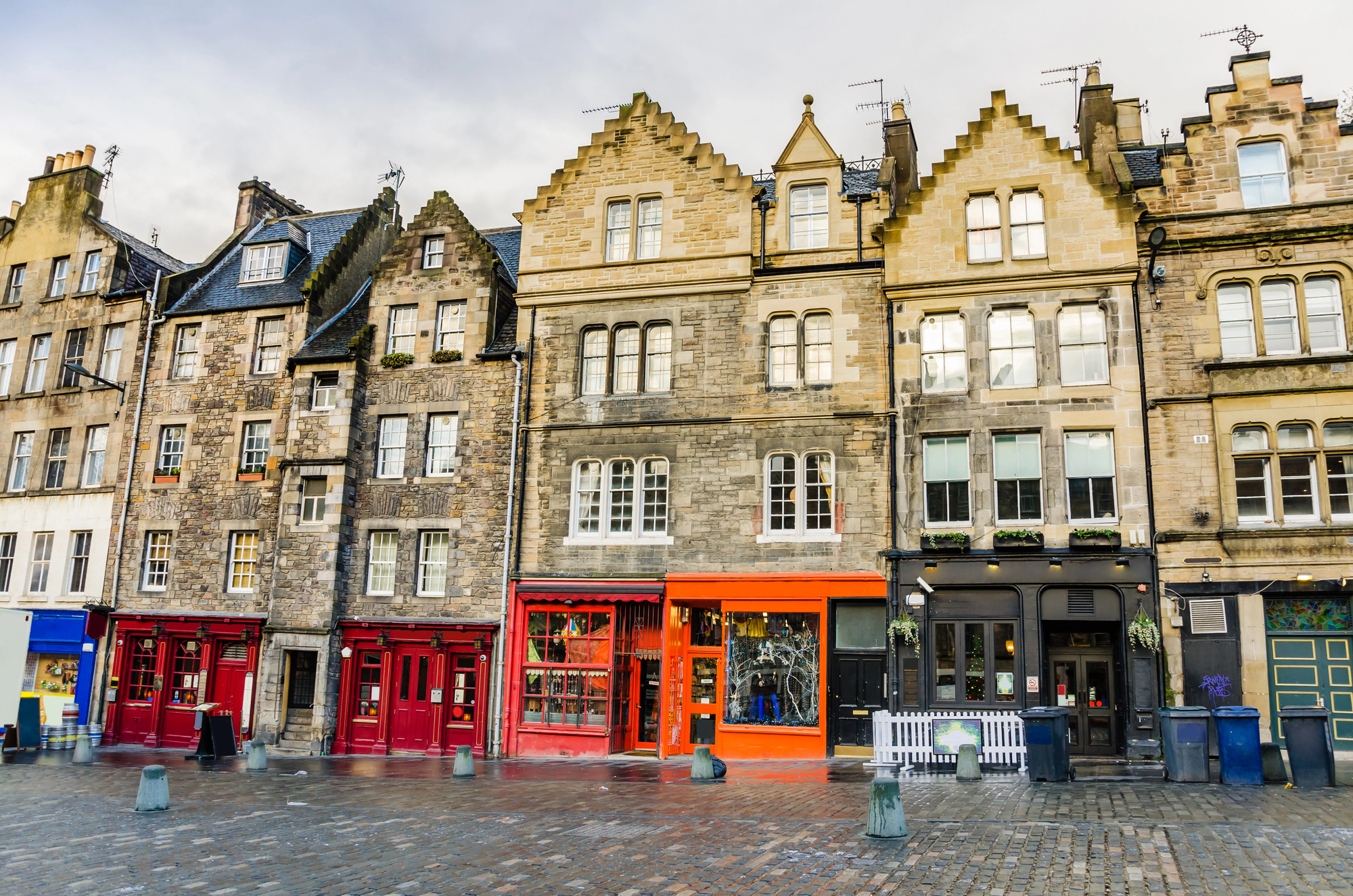
This historic market square nestled beneath Edinburgh Castle offers enticing restaurants, unique shops, and colorful buildings alongside its somber history as a former public execution site. The vibrant outdoor seating areas create a lively atmosphere during pleasant weather, while the curved row of pubs makes for an ideal evening sampling Scottish beers and whiskies.
Look for the memorial to the over 100 Covenanters executed here in the 17th century for their religious beliefs, a poignant reminder of Edinburgh’s complex past that adds depth to what might otherwise feel like simply a picturesque dining district.
New Town
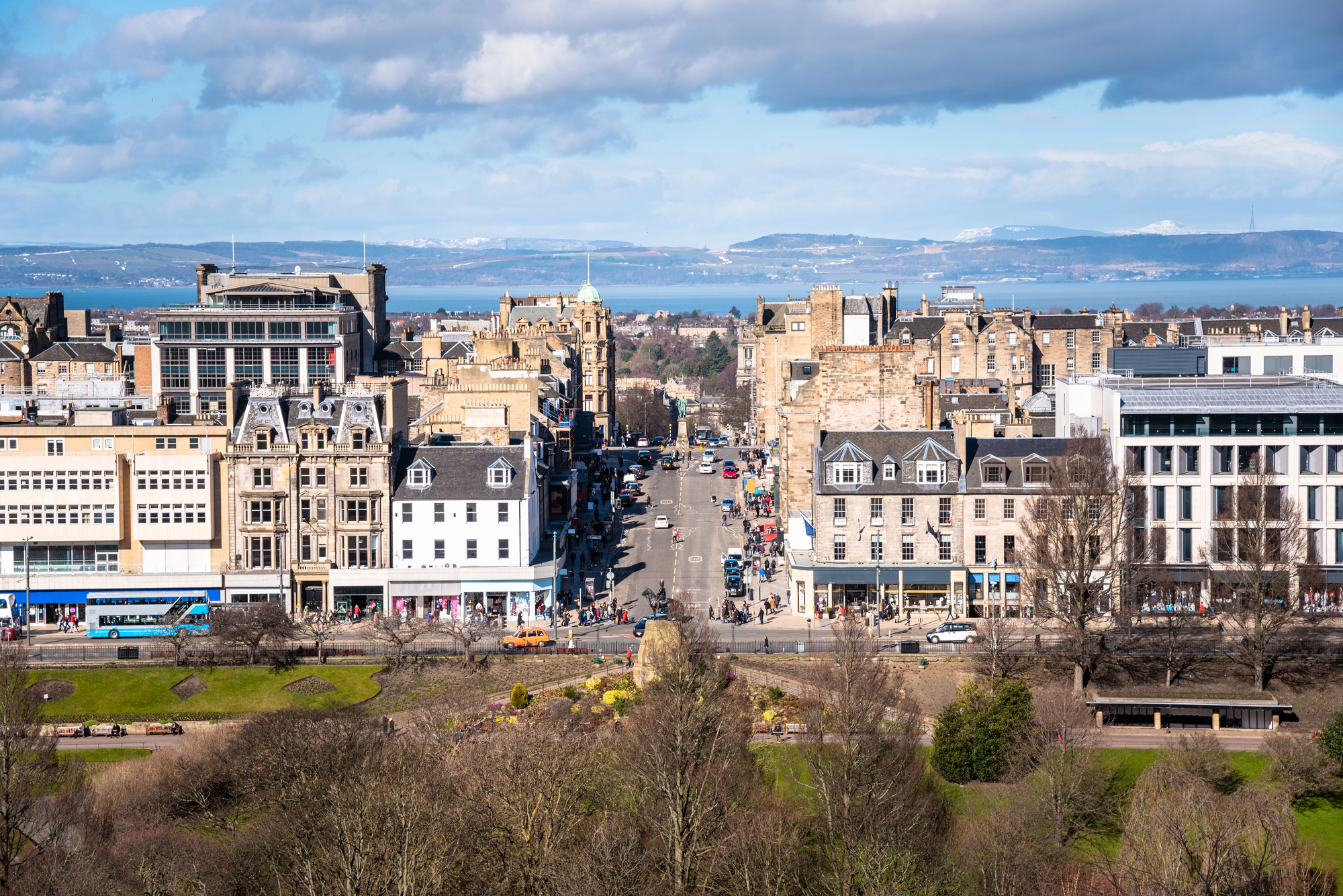
The organized grid pattern of elegant Georgian architecture provides a deliberate contrast to the medieval chaos of the Old Town, demonstrating Edinburgh’s dual personality. Built between 1767 and 1850, these grand neighborhoods, with their classical facades, wrought iron details, and large windows, represent the Scottish Enlightenment era when Edinburgh earned its nickname as ‘the Athens of the North.’
Exploring the symmetrical crescents, squares, and gardens reveals how the wealthy merchants and intellectuals of 18th-century Edinburgh created a revolutionary urban plan that influenced city design throughout Europe and beyond.
The Real Mary King’s Close

This preserved 17th-century underground street allows visitors to walk through actual homes, businesses, and alleys that were built over as the city evolved. Tour guides in period costume share tales of plague outbreaks, ghosts, and the harsh realities of daily life for ordinary people in medieval Edinburgh.
The perfectly preserved rooms with original furnishings and artifacts create an immersive historical experience that helps visitors understand how residents lived in extraordinarily cramped conditions during the heyday of this underground neighborhood.
Like Travel Pug’s content? Follow us on MSN.
Camera Obscura and World of Illusions

This delightfully quirky attraction near the castle combines Victorian optical illusions with modern interactive exhibits across six floors of mind-bending fun. The rooftop terrace offers excellent views, while the camera obscura itself—a 19th-century device projecting live moving images of the city onto a viewing table—provides a fascinating glimpse of old-world technology that amazed visitors long before digital photography.
The blend of historic optical science with contemporary interactive displays creates an experience appealing to visitors of all ages, making it an ideal family stop that still intrigues adults traveling without children.
National Museum of Scotland

This comprehensive museum covers everything from Scottish history and natural science to world cultures and technology in a magnificent Victorian building complemented by modern additions. Highlights include Dolly the sheep (the first cloned mammal), ancient Lewis Chessmen, and Scottish inventions that changed the world, providing context for understanding Scotland’s outsized influence across multiple disciplines.
The seventh-floor roof terrace offers spectacular views of Edinburgh Castle and the city skyline that many visitors miss, creating a perfect photography opportunity that combines architectural, historical, and natural beauty in one panoramic vista.
Princes Street Gardens
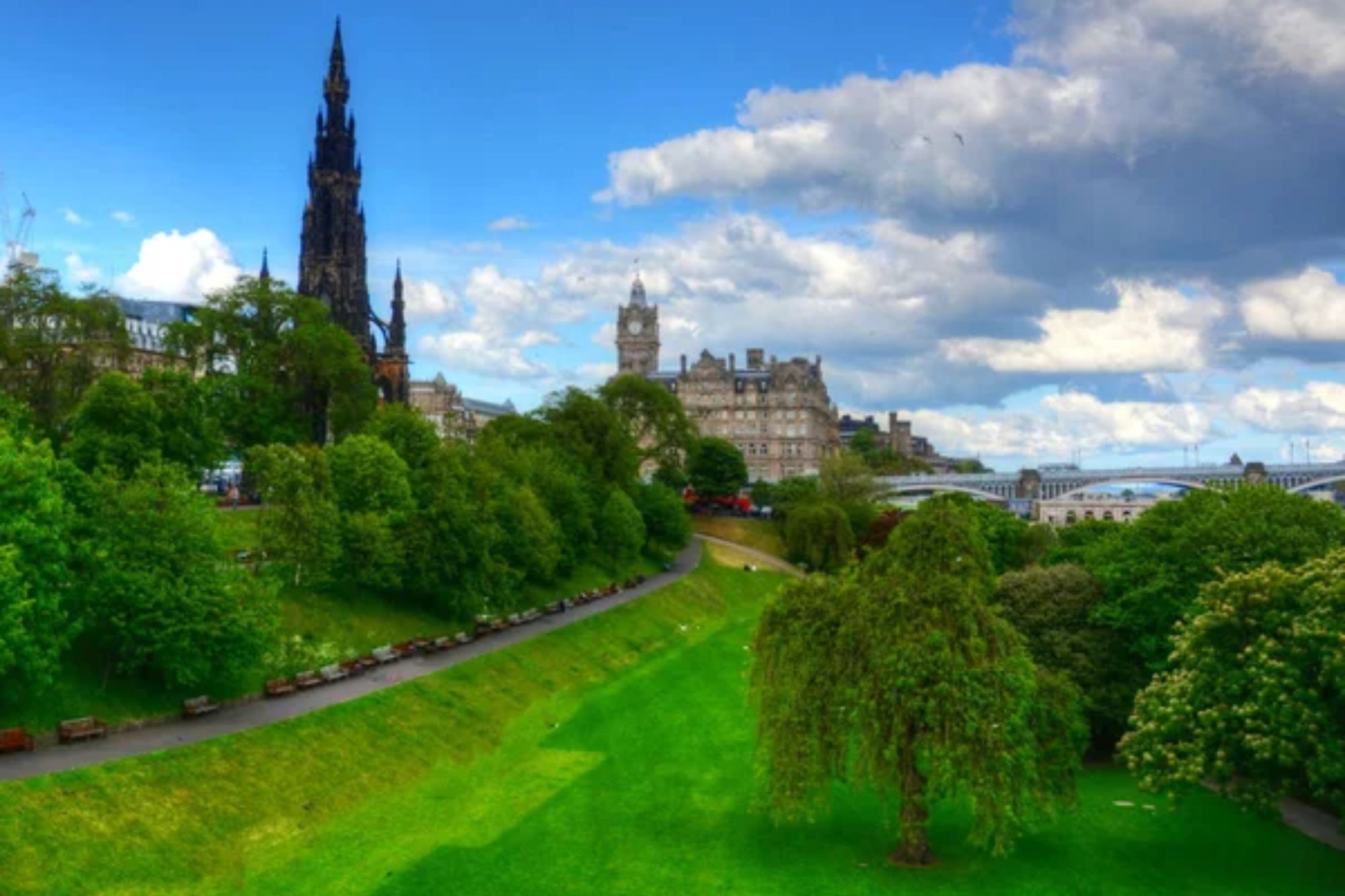
These lush green spaces divide Old Town and New Town, offering peaceful respite from urban exploration with castle views that feature in countless Edinburgh postcards. Once the site of the putrid Nor Loch, these gardens represent an early environmental transformation as the stagnant defensive water barrier was drained in the 18th century to create public parkland.
The floral clock, Ross Fountain, and the dramatic Scott Monument create focal points throughout the gardens, while seasonal events, including summer concerts and the winter holiday market, transform the space throughout the year.
Like Travel Pug’s content? Follow us on MSN.
Dean Village
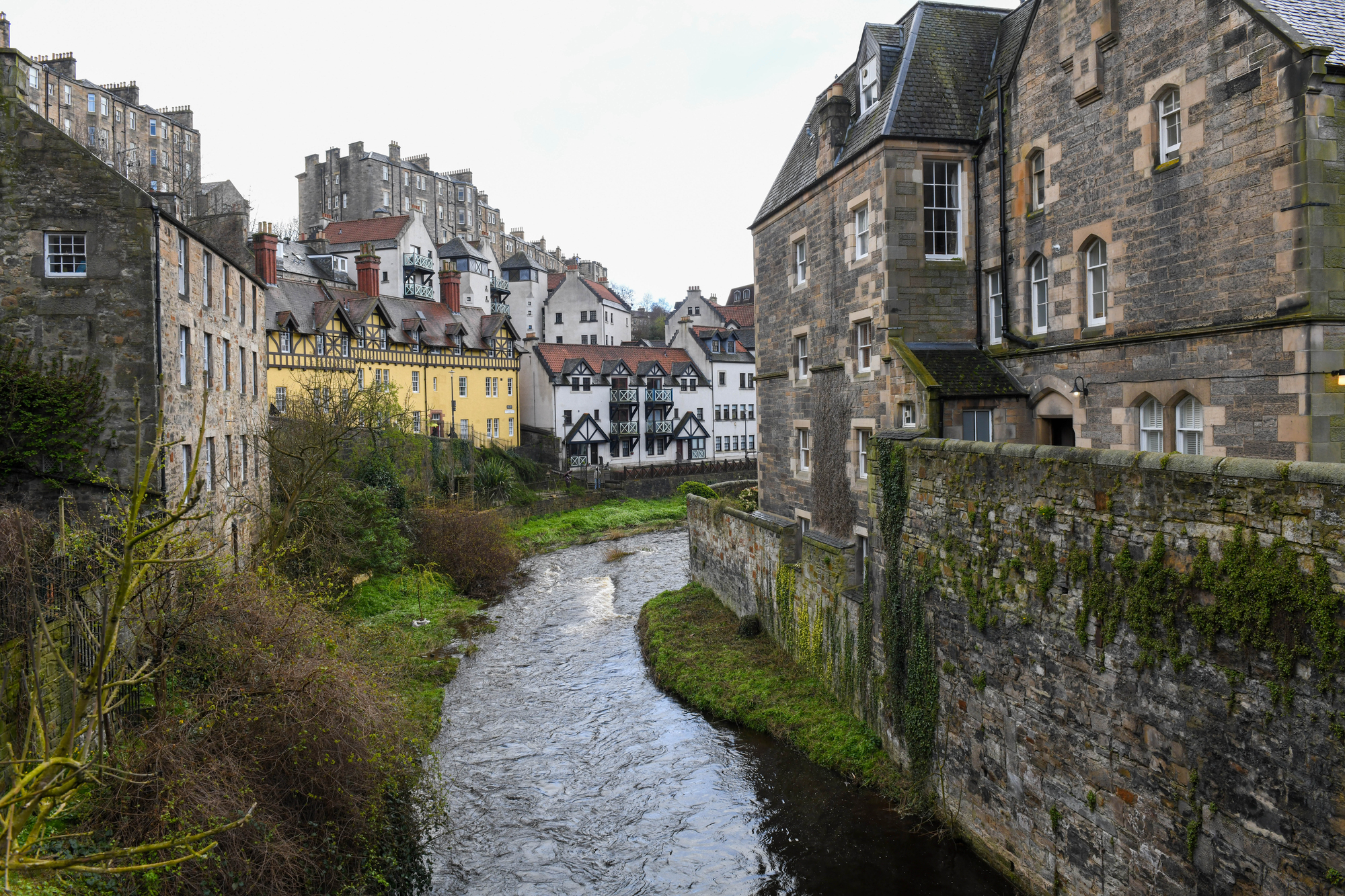
This picturesque former grain milling village sits along the Water of Leith just minutes from Princes Street, but feels transported from another time with its well-preserved mill buildings and stone bridges. The distinctive architecture includes carved stone plaques with bakers’ insignia and meal mills dating back to the 12th century, when this area supplied Edinburgh with its flour.
Following the riverside path from here to the charming Stockbridge neighborhood provides a tranquil walking experience past historic buildings, small waterfalls, and lush greenery rarely experienced by first-time visitors who stick solely to the Royal Mile.
Leith
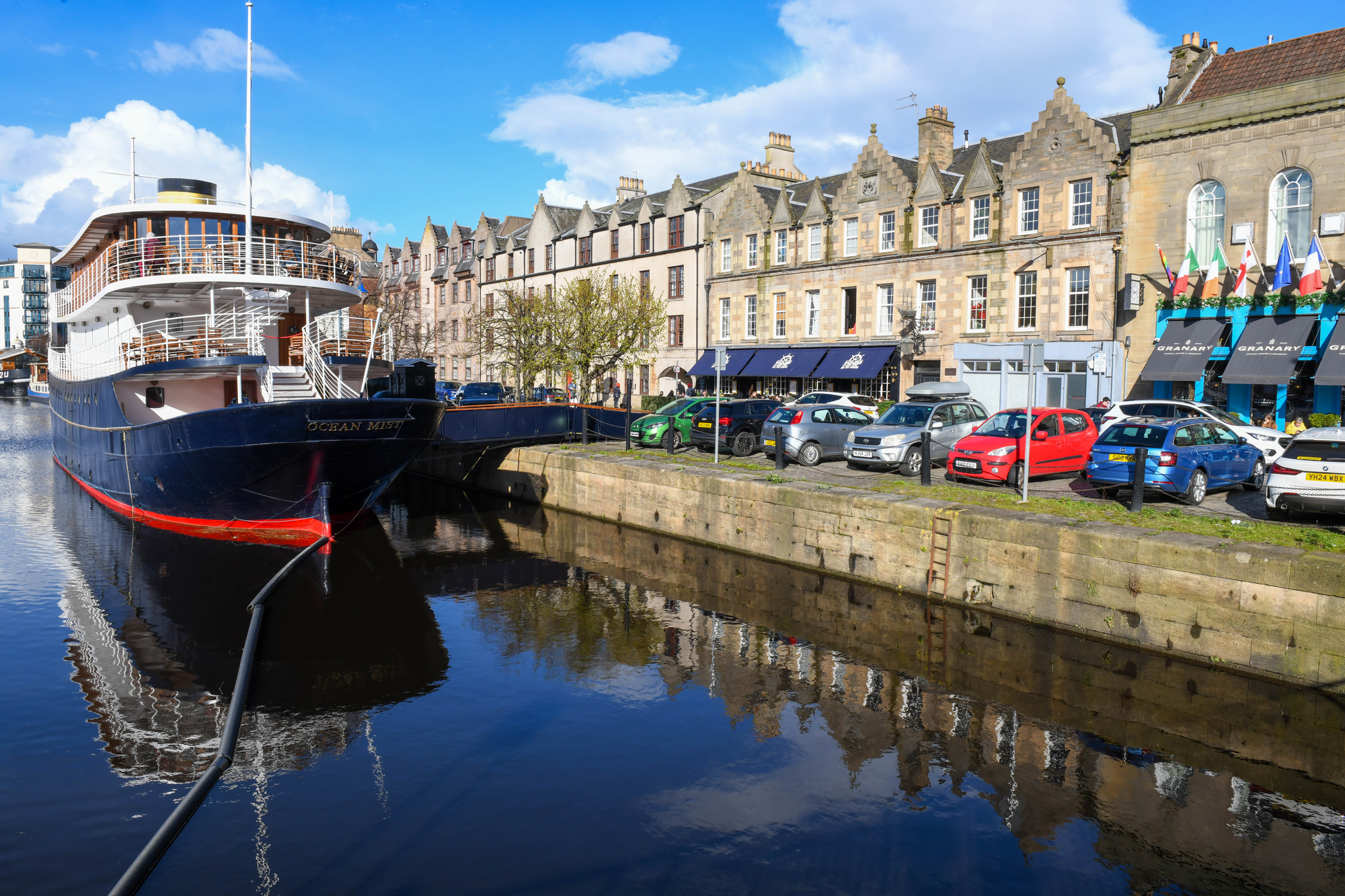
This revitalized port district offers waterfront dining, independent shops, and authentic local culture away from the more touristy city center. Once considered dangerously rough, Leith now boasts Michelin-starred restaurants alongside traditional pubs where dockworkers have gathered for generations, creating a fascinating socioeconomic contrast within a small area.
The permanent mooring of the former Royal Yacht Britannia provides glimpses into royal life at sea, while the surrounding Shore area offers some of the city’s finest seafood restaurants supplied directly by boats docking nearby.
Hidden Gardens
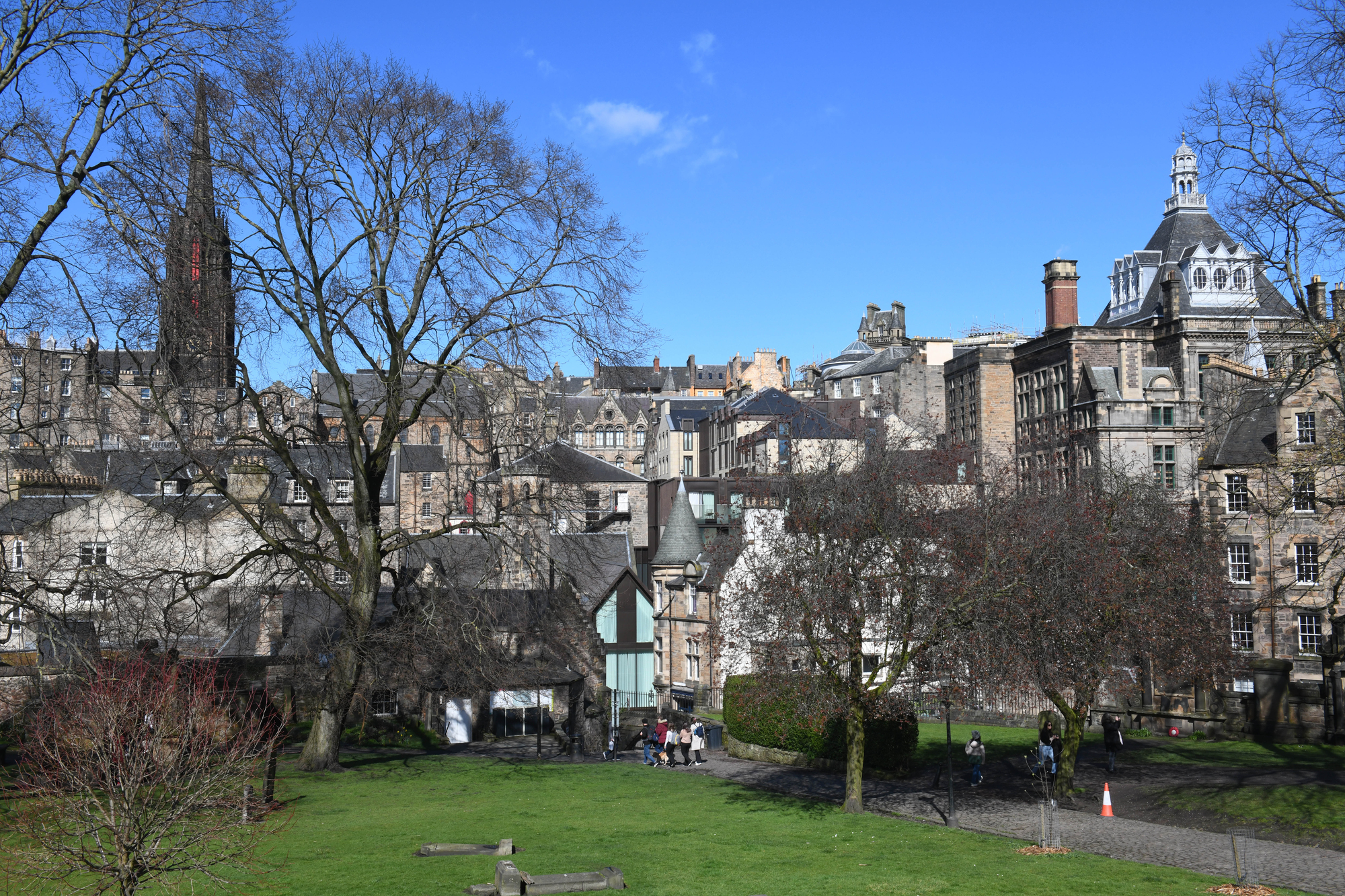
Edinburgh contains numerous secret green spaces tucked between buildings, behind walls, and within private squares that provide peaceful retreats from busy streets. Dunbar’s Close Garden recreates a formal 17th-century garden steps from the Royal Mile but remains surprisingly uncrowded, while Sandeman House Garden offers a tiny oasis behind the Scottish Storytelling Centre.
The historic graveyards, including Greyfriars Kirkyard, function as both historical monuments and beloved local parks where residents relax among ancient tombstones, demonstrating Edinburgh’s comfortable relationship with its past.
Like Travel Pug’s content? Follow us on MSN.
Local Festivals
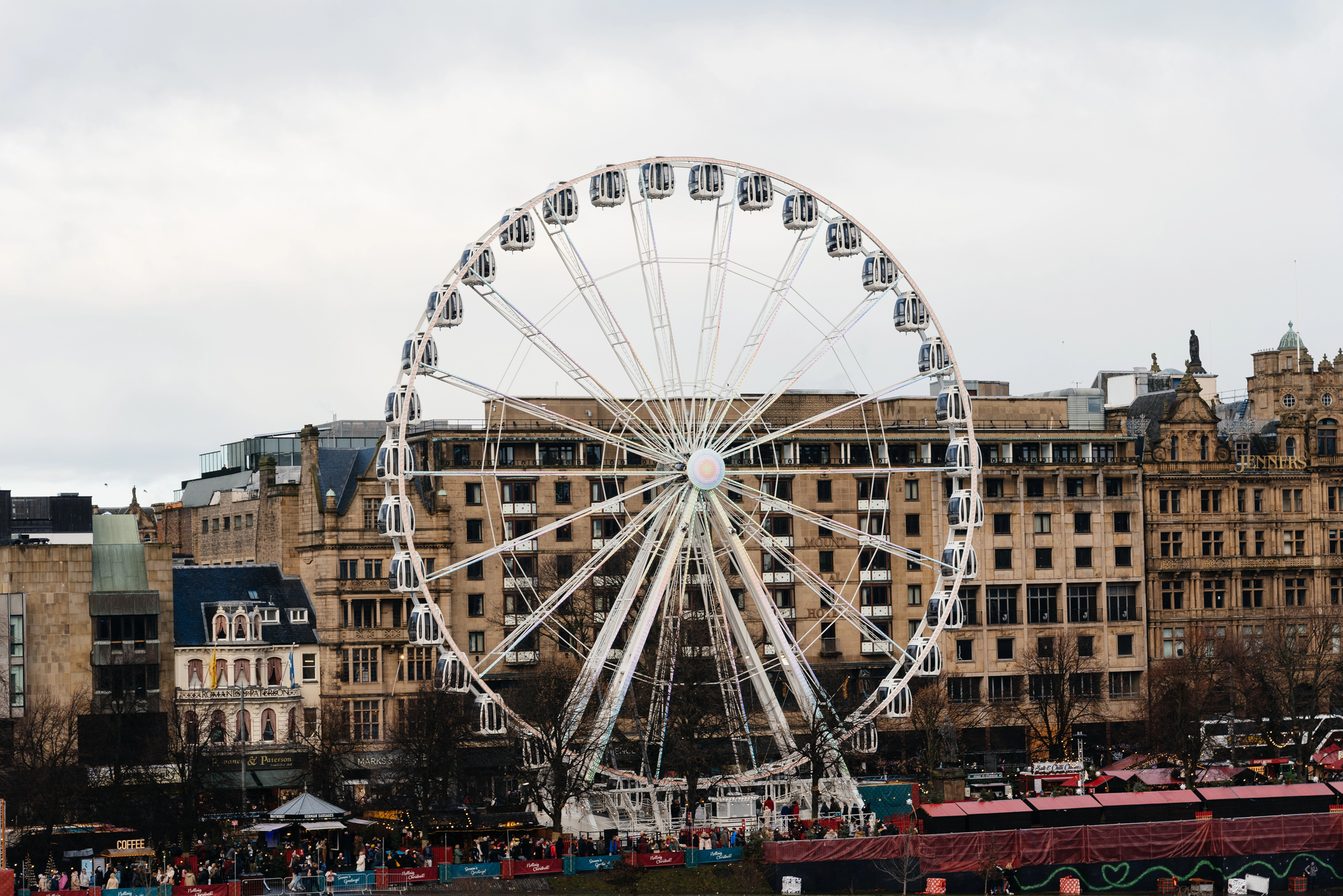
Edinburgh hosts world-renowned celebrations throughout the year, with August’s Festival Fringe transforming the entire city into a performing arts venue. Winter brings the magical Christmas Market and Hogmanay street party with fireworks illuminating the castle, while spring welcomes the Science Festival and Beltane Fire Festival with its pagan-inspired celebrations.
The lesser-known Edinburgh Food Festival and Scottish International Storytelling Festival provide deeper cultural immersion without the massive crowds of the more famous events, allowing visitors to interact meaningfully with local traditions and contemporary Scottish culture.
Whisky Tasting
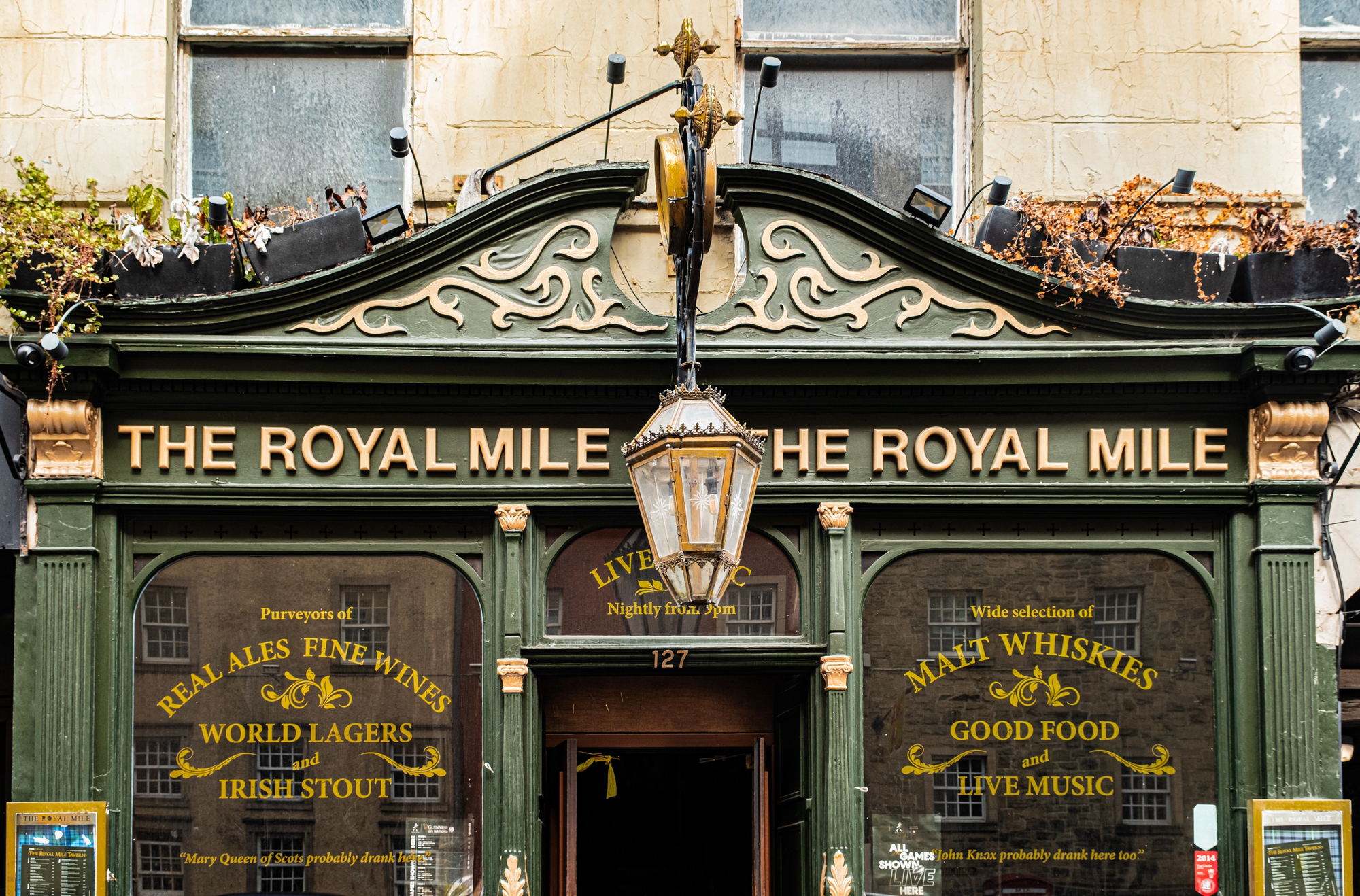
Scotland’s national drink deserves proper appreciation through guided tastings that explain regional differences, production methods, and proper tasting techniques. The Scotch Whisky Experience offers an accessible introduction with a barrel ride and comprehensive overview of whisky regions, while specialized shops like Cadenhead’s and Royal Mile Whiskies provide more advanced tastings of rare expressions not available elsewhere.
Learning to distinguish peaty Islay malts from fruity Highland expressions or delicate Lowland styles creates a sensory skill that enhances appreciation of Scotland’s most famous export and provides knowledge applicable long after returning home.
Scottish Heritage
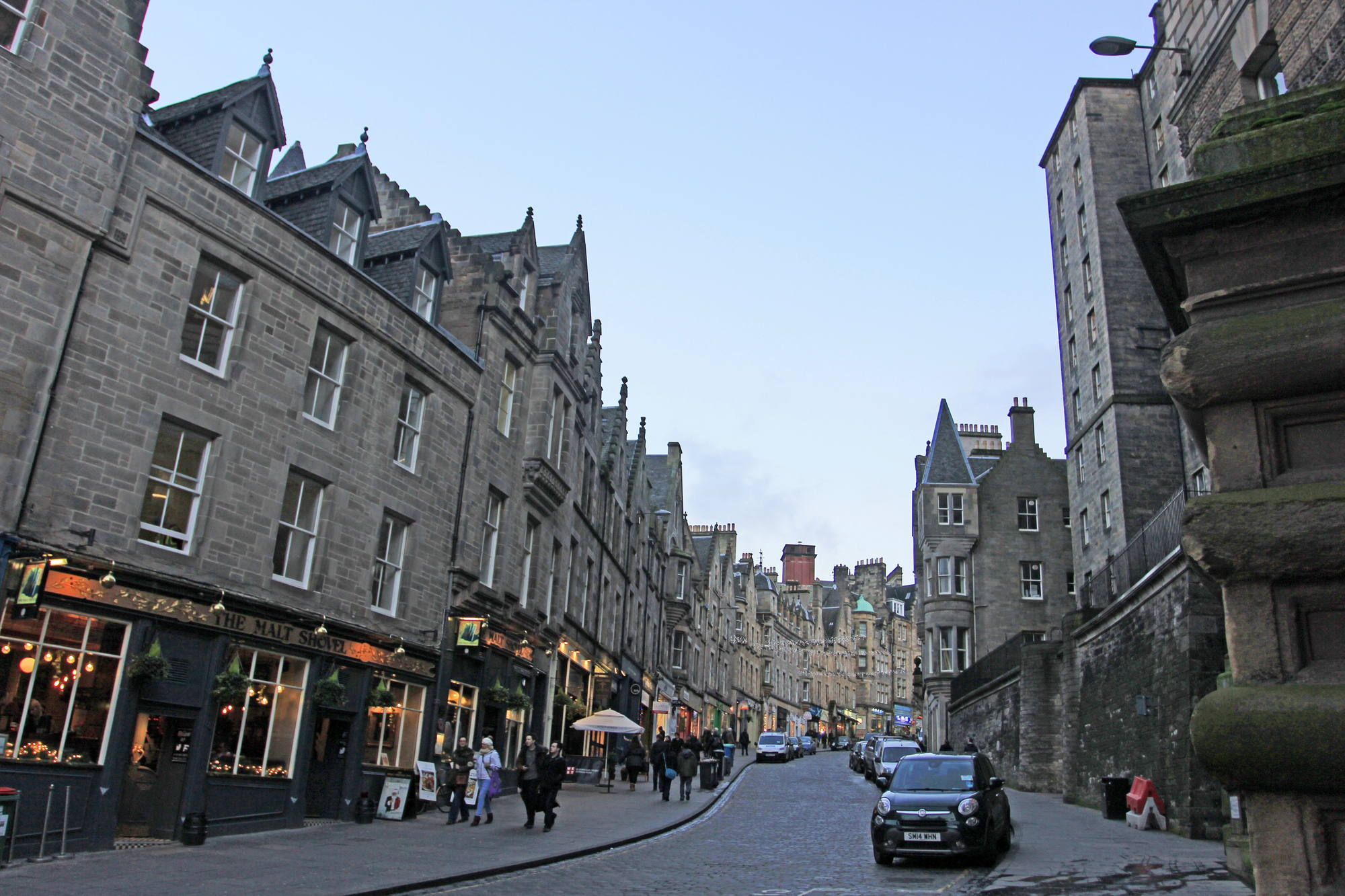
Edinburgh serves as both a gateway and a cornerstone to understanding broader Scottish identity, history, and culture that continues to evolve while honoring ancient traditions. The city embodies Scotland’s complex relationship with England, its proud intellectual and scientific contributions to the world, and the resilience of its people through centuries of challenges.
Every stone, street, and building tells part of a continuing story that visitors become temporary participants in, creating connections that frequently inspire return visits to explore more deeply what makes this compact capital city so magnetic to travelers from across the globe. The true magic of Edinburgh lies in discovering your own perfect blend of history, culture, and modern Scottish life while leaving room for the unexpected discoveries that often become the most treasured memories.
More from Travel Pug

- Cities Growing so Fast You Won’t Recognize Them in 10 Years
- 13 Destinations Where Tourists Regularly Regret Their Trip
- 20 Obscure WWII Sites Even History Buffs Don’t Know About
- 10 Under-the-Radar Mountain Towns That Are Both Affordable and Beautiful
- Remote Villages in Europe Where You Can Live for Free in Exchange for Work
Like Travel Pug’s content? Follow us on MSN.
